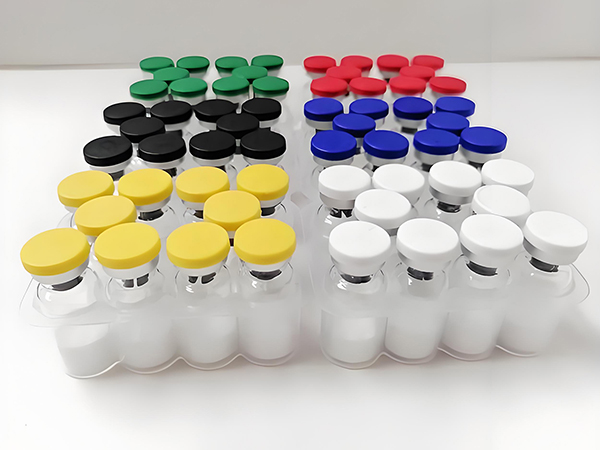What is a biological peptide
Antimicrobial peptides: inhibit pathogenic microorganisms (such as lactoferrin peptide) 5
Immune regulatory peptides: activate T cells, macrophages 5
Antioxidant peptides: eliminate free radicals and protect cells
Definition and basic characteristics of biological peptides
Biopeptides are short chain bioactive molecules formed by peptide bonds connecting 2-50 amino acids. Their molecular weight is usually less than 1000 daltons and they can be directly absorbed by the intestine. As a "mini version" of protein, it can perform physiological functions without complete breakdown, and its efficiency is higher than that of intact protein.
Classification and Function of Biological Peptides
1.Classified by the number of amino acids
Short chain peptides (2-6 amino acids), such as dipeptides and tripeptides, are easily absorbed and participate in metabolic regulation
Peptides (10-50 amino acids), such as immune peptides and antihypertensive peptides, have the potential for targeted therapy

2.Classified by Function
Signal peptides: regulate cellular communication (such as growth hormone releasing peptides)^^
Antimicrobial peptides: inhibit pathogenic microorganisms (such as lactoferrin peptide) 5
Immune regulatory peptides: activate T cells, macrophages 5
Antioxidant peptides: eliminate free radicals and protect cells
3.The source and production of biological peptides
Natural sources: animals (collagen), plants (soy peptides), microbial fermentation products 17
Industrial production: Extracting protein raw materials through enzymatic hydrolysis (such as trypsin hydrolysis) or microbial fermentation
4.Application fields of biological peptides
Medicine: Targeted drugs (such as anticancer peptides), hormone replacement therapy 2
Food: Nutritional supplements (such as small molecule peptide powder) 1
Cosmetics: Promote skin repair (such as elastin peptides) 5


